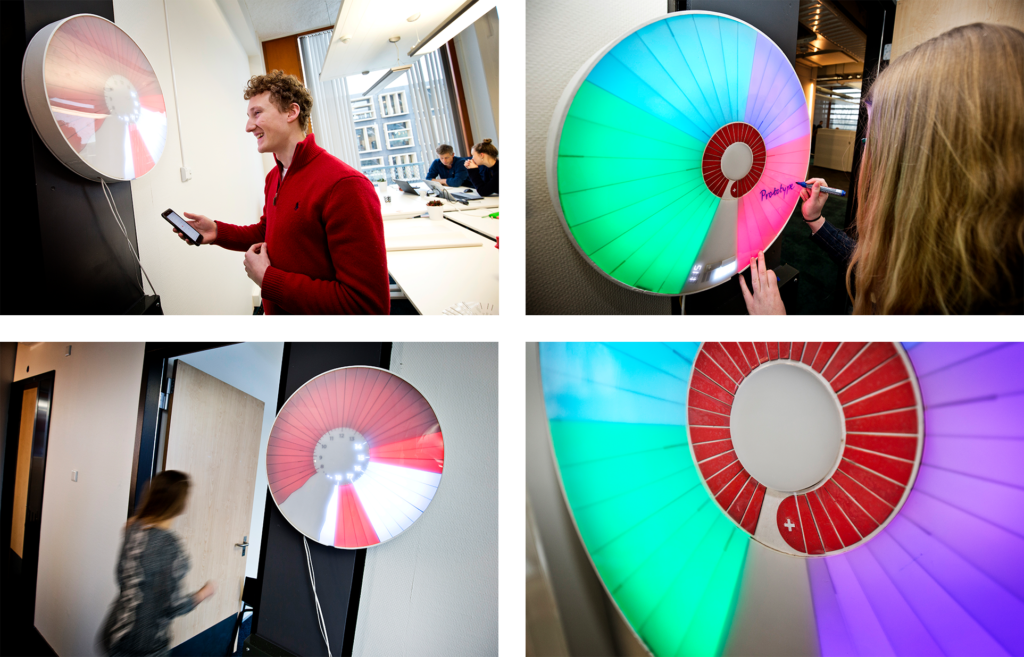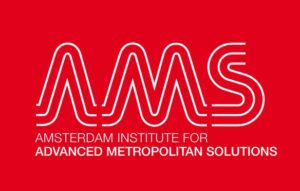meet
What is meet?
MEET is part of an IoT family situated in the Amsterdam Marineterrein. The two part device is used to create a more effective office space in terms of organising meetings. The first module is connected to the offices Google Calendar and therefore meetings are synced which shows on the module.
The second module is used to organise and control agenda points. By dragging out the sections using only your finger can you see how long for each point you have.


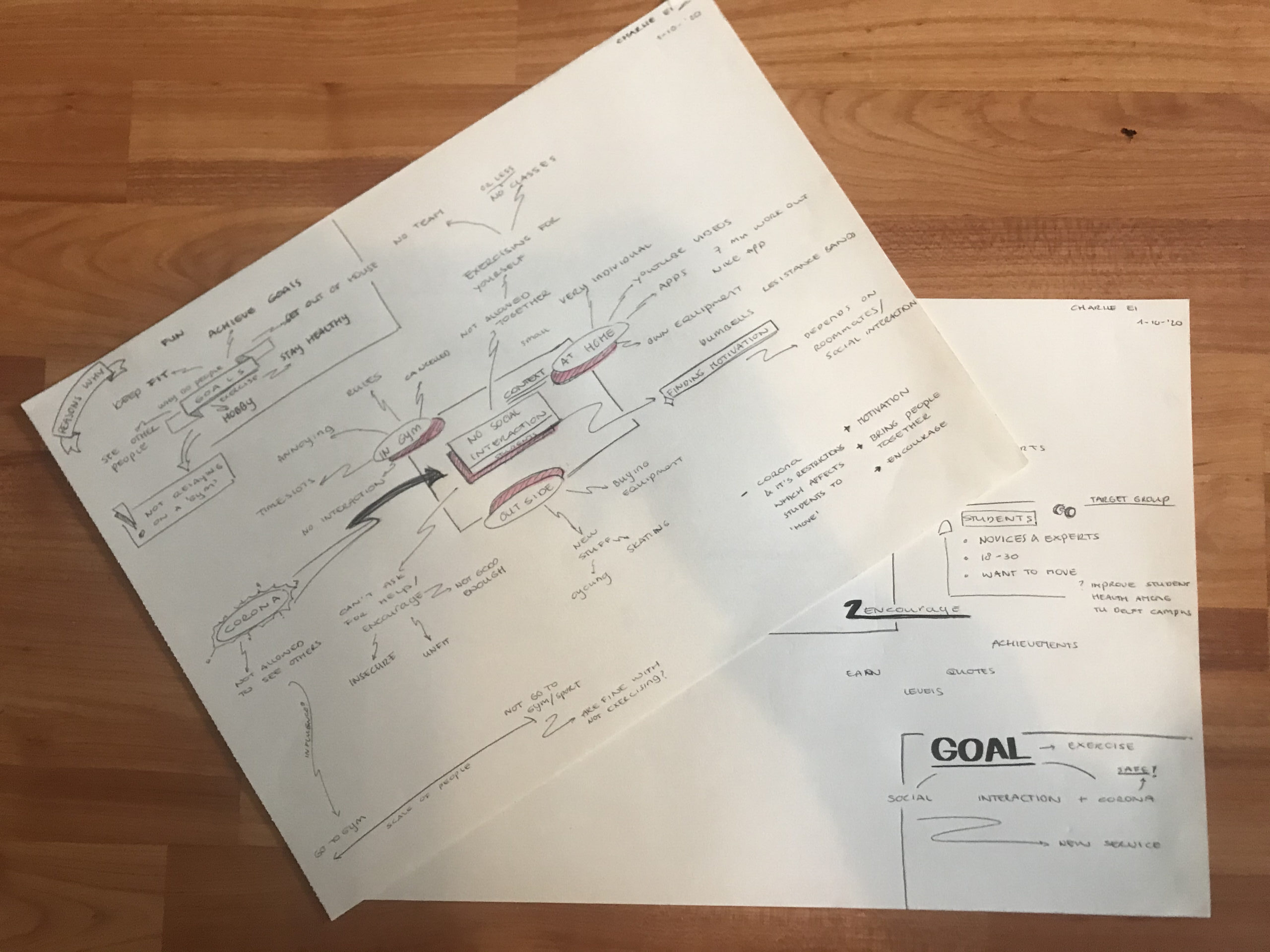

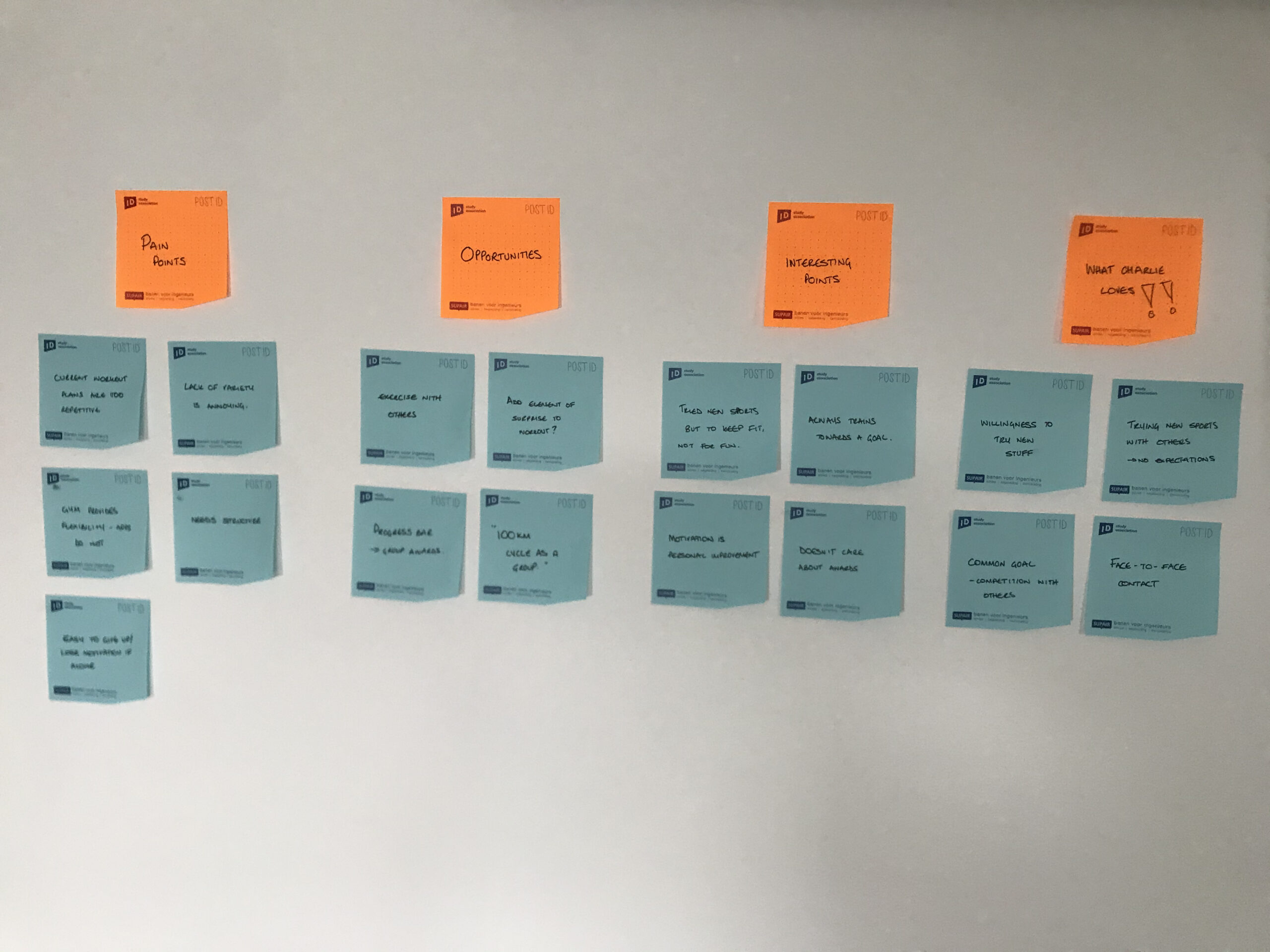
our client
Our client for this project was the users of the AMS offices in Amsterdam. Throughout we had constant feedback and interviews with Maud Kaan who is the Office Manager of the AMS Institute.
“Meetings in an office environment can often be very unstructured and disorganised – participants take too much time discussing some of the meeting topics and run out of time to discuss them all.”
visualising the space
We visited the office we were designing for to visualise the space and where our product would be situated. The rooms we are designing for are two middle meeting rooms; ‘Berlin’ and ‘Paris’.
The two meeting rooms are surrounded by 4 glass walls and are often used for spontaneous meetings or a quiet place for phone calls.

Initial ideation
MIND MAPPING
The pain points of meetings and build-up to them were mapped out. From this, we noticed that a lot of users had problems pre and during meetings, so we focused on this for our concept.
CONCEPT
From our research, we came to the conclusion of creating a 2 part, clock-like, modular device, consisting of a booking system and a meeting planner.
User testing
Testing of the user’s interaction with the interface was a big part in being able to develop it and make it as user-friendly as possible – both observations and testing was carried out throughout this process and our final interface was heavily influenced by the users themselves.
We mocked up a basic version of an early concept idea and used the ‘Wizard of Oz’ method to test it. This was presented to the office users at the AMS as a concept proposal of our idea.





The size is important; it should not be too intrusive, but also be possible to see throughout the office.
Could the rooms be on different modules? It could improve the ease of use.
I like the idea behind this; the separation and flexibility of agenda points is exactly the current problem.
Interface development

SCENARIO OF USE
It was clear that a service was preferable to a physical product, however having some form of physical indication for times or distance was also liked by users.
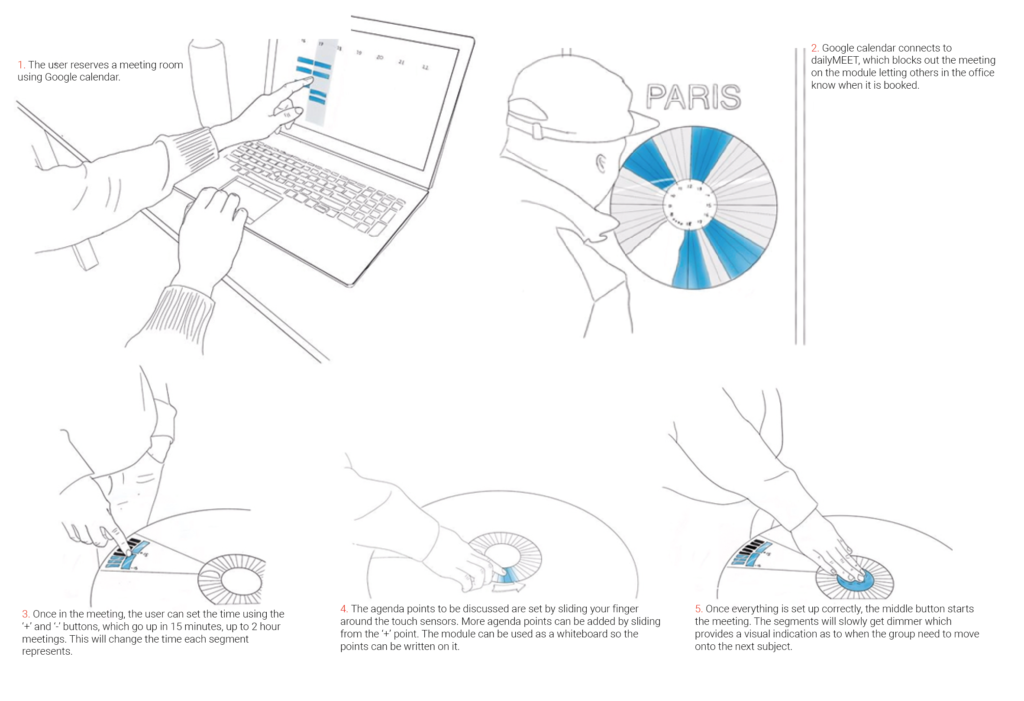
Service diagram
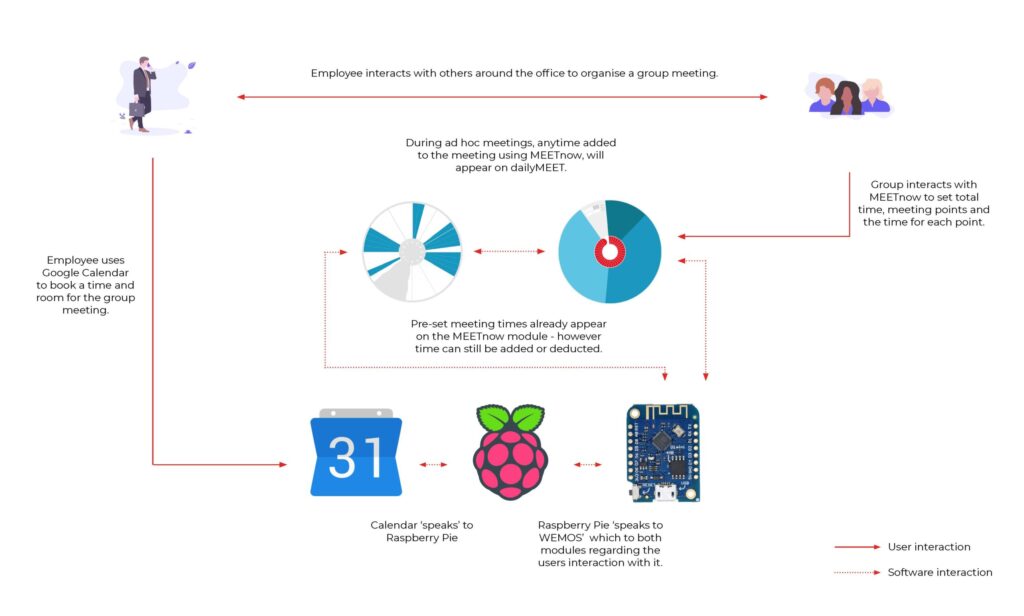
Final Design
Our final product is currently at the AMS Institute in Amsterdam. It was originally there for 3 months, however, found it useful to use for their meetings and therefore is remaining in the office building as a permanent fixture.
